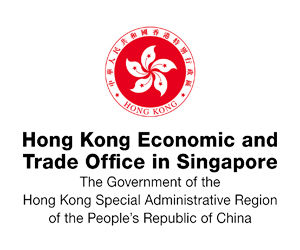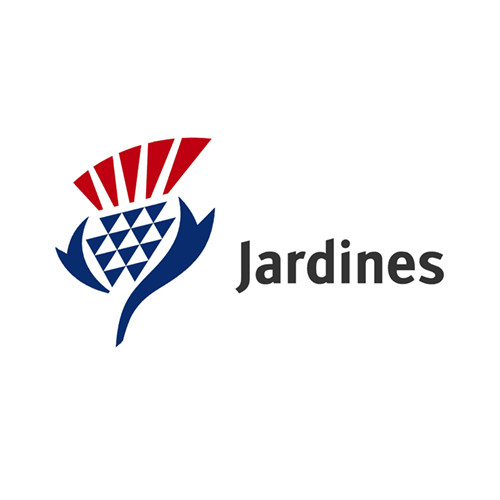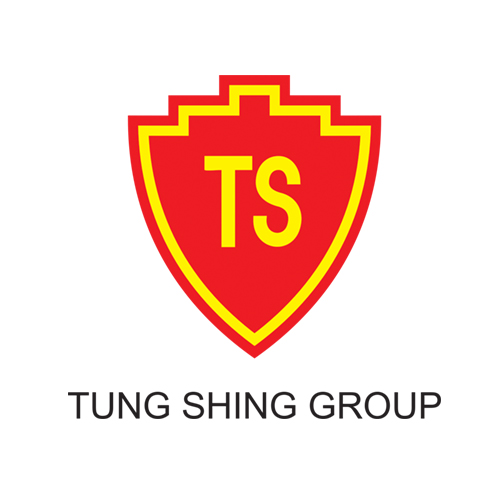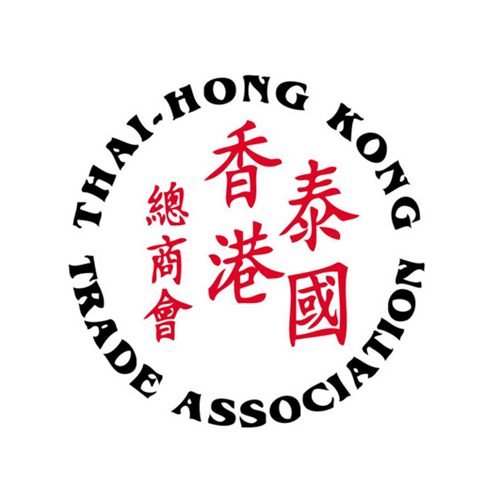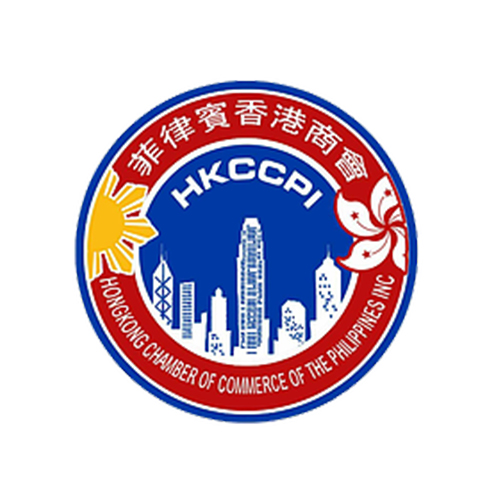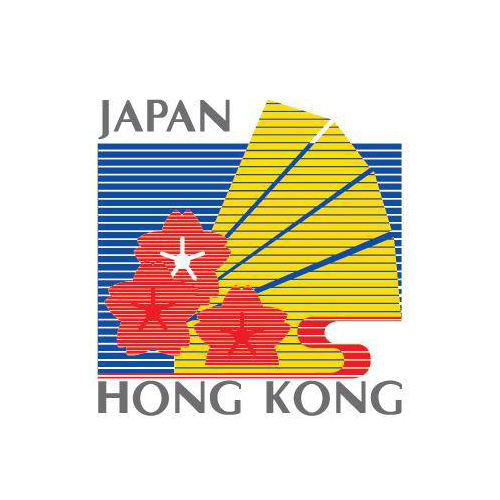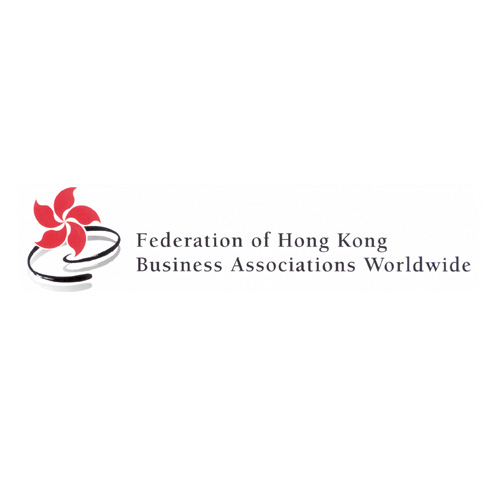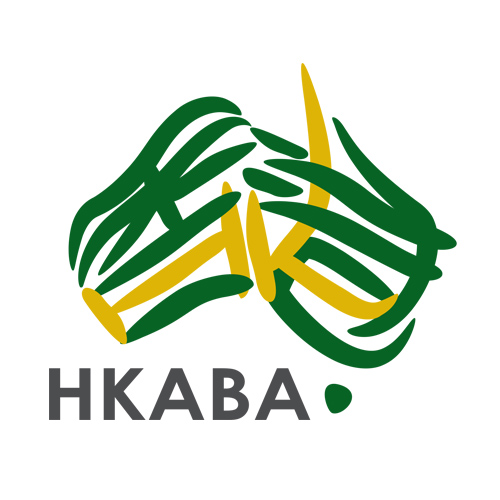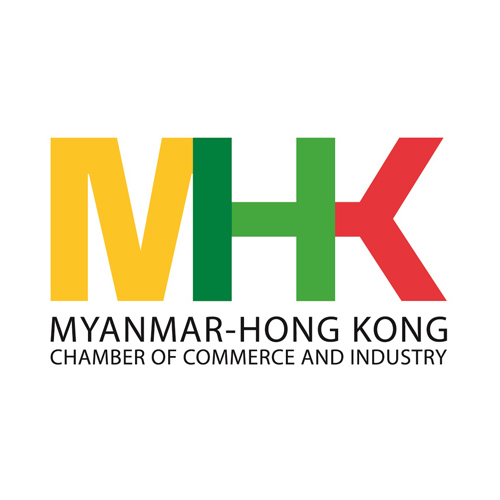Want to be in the loop?
subscribe to
our notification
Business News
FDI FIRMS EXPAND IN LOCAL TEXTILE-GARMENT SECTOR
Vietnam had become increasingly appealing to large foreign investor groups in the textile and garment industry who wanted to seize opportunities when the Comprehensive and Progressive Agreement for Trans-Pacific Partnership (CPTPP) takes effect in January next year, according to analysts.
German-based Amann Group, one of the world’s top three leading producers of high-quality sewing and embroidery thread, is expanding its network to Vietnam with a new factory being constructed in Tam Thang Industrial Park in the central province of Quang Nam.
The new facility will be added to Amann’s existing network of factories in various countries across Asia, including Bangladesh, China, India and Indonesia.
At the new production site, the group will produce around 2,300 tonnes of sewing thread per year, mainly for the manufacture of apparel and shoes.
The first phase of the project is scheduled to commence in late July next year.
Kraig Biocraft Laboratories Inc, the US’ leading developer of spider silk-based yarn, is working with agricultural co-operatives in Quang Nam to expand mulberry production and develop high-quality silk in Vietnam.
The firm plans to set up a centre for research and development (R&D) of silk, as well as grow about 2,500ha of mulberry to support spider silk in the country.
According to Kraig Biocraft Laboratories, Vietnam had been chosen to scale up its spider silk commercialisation efforts as one of the firm’s strategic moves to expand.
The domino effect created by FDI expansion in the textile and garment sector has also led to an increase in the number of foreign suppliers of machinery and equipment for the industry.
In June, ILLIES Vietnam – a member of the German C. ILLIES & Co and also a leading distributor of industrial textiles machinery and equipment – announced it had expanded its portfolio in the spinning sector. It now provides machines and spare parts for short-staple yarn-spinning systems for the Rieter Group and the local textile market.
In the first quarter of 2019, the company will open a repair centre for mechanical and electrical parts of Rieter machines.
So far this year, the Vietnam Textile and Apparel Association (VITAS) had welcomed many foreign textile and garment producers visiting to explore investment opportunities, said VITAS vice chairman Truong Van Cam. More FDI projects would arrive in the country’s textiles sector in the coming years, Cam added.
Once new-generation free trade agreements (FTA), like the CPTPP and the EU-Vietnam FTA (EVFTA), entered into force, investment in the textile and garment industry will increase, offering a great opportunity for machinery suppliers like Rieter, said a representative from ILLIES Vietnam.
Statistics from VITAS showed that a total of nearly US$15.9 billion in FDI had been injected into more than 2,090 textile and garment projects in Vietnam by the end of last year. In the first half of 2018, the industry attracted another $2.8 billion in FDI.
$18 billion trade surplus
The country is now among the leading exporters of textile and garments in Asia. Vietnam’s total textile and garment exports have experienced a 3.6-fold increase over the past decade, from $7.78 billion in 2007 to $31 billion in 2017. Last year’s figure represented 16 per cent of the nation’s total export revenue.
The domestic textile and garment industry is expected to gain a trade surplus of $18 billion this year, according to an official report from VITAS.
VITAS Chairman Vu Duc Giang said the sector was estimated to earn $36 billion from exports this year, a year-on-year increase of about 16 per cent.
Giang said that many enterprises had been working on completing a textile and garment supply chain.
Next year, the textile and garment industry has set a target of $40 billion in export value, a year on year increase of 10.8 per cent, and a trade surplus of $20 billion.
To reach the target of $40 billion, the association has recommended enterprises focus on investment, markets, human resources and the application of scientific and technological advances.
The Government and relevant State agencies needed to continue administrative reforms and inspections while removing difficulties for enterprises in 2019, Giang said.
The association needed to connect enterprises and markets at home and abroad by increasing trade promotions, he said.
The State should only grant investment licences to projects with large investments, advanced technology and wastewater treatment systems to meet the requirements of free trade agreements such as CPTPP and EVFTA.
The association has asked the National Assembly to adopt the Law on Association to allow foreign-owned enterprises to become association members so they can co-ordinate with local enterprises to set up supply chains and exchange experiences in production and business between local and foreign companies.
Source: VIR
Related News
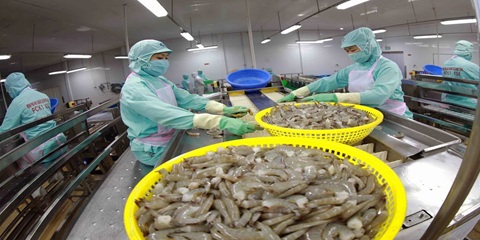
VIETNAM’S SEAFOOD EXPORTS HIT OVER US$10 BILLION IN JAN-NOV
Seafood export revenue in November alone amounted to nearly US$990 million, up 6.6% year-on-year. Key product groups posted solid gains. Shrimp exports rose 11.7% to over US$385 million, supported by strong demand for whiteleg shrimp and lobster. Tra fish shipments increased 9.7% to almost US$197 million, while marine fish, squid, and mollusk exports maintained their recovery.
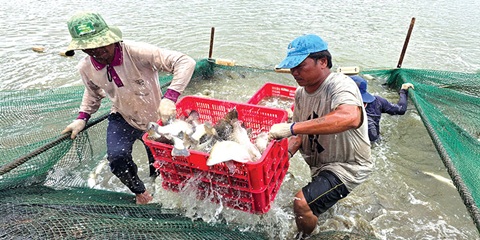
VIETNAM’S AGRO-FORESTRY-FISHERY EXPORTS HIT NEW RECORD IN JAN-NOV
Vietnam’s agro-forestry-fishery export revenue reached an estimated US$64.01 billion in the first 11 months of 2025, up 12.6% year-on-year and surpassing the full-year record of US$62.4 billion set in 2024. Agricultural exports reached US$34.24 billion, up 15% year-on-year, while livestock products brought in US$567.4 million, a 16.8% increase. Seafood exports rose 13.2% to US$10.38 billion, and forestry products earned US$16.61 billion, up 5.9%.

HANOI REPORTS RECORD-HIGH BUDGET REVENUE IN 2025
Hanoi’s budget revenue is estimated to reach VND641.7 trillion in 2025, the highest level ever recorded and nearly 25% above the revised target, according to a report by the municipal government. Data from the city’s socioeconomic performance review shows that total state budget collections in 2025 are projected to reach 124.9% of the adjusted plan and rise 24.9% from 2024, the Vietnam News Agency reported.
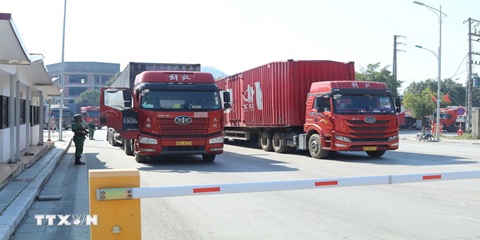
VIETNAM, CHINA TO PILOT TWO-WAY CARGO TRANSPORT AT LANG SON BORDER
Vietnam and China will launch a one-year pilot program on December 10 to allow two-way cargo transport through the Huu Nghi–Youyi Guan international border gates in Lang Son Province, reported the Vietnam News Agency. The Dong Dang-Lang Son Economic Zone Management Board said the trial aims to reduce transport costs and improve customs clearance capacity.
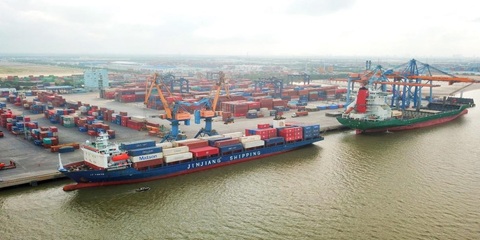
VIETNAM’S IMPORT-EXPORT VALUE NEARS US$840 BILLION IN JAN-NOV
The total value of Vietnam’s imports and exports was nearly US$840 billion between January and November this year, the highest level ever recorded, according to the National Statistics Office. In its latest report on the country’s socio-economic performance, the National Statistics Office highlighted a series of positive economic indicators, with trade emerging as one of the strongest drivers of growth.

OVER 19 MILLION INTERNATIONAL VISITORS COME TO VIETNAM IN JAN-NOV
Vietnam received more than 19.1 million international visitors in the first 11 months of 2025, a 20.9% increase year-on-year and the highest level ever recorded, according to the National Statistics Office. The figure surpasses the full-year record of 18 million arrivals set in 2019, before the Covid-19 pandemic. Nearly two million foreign visitors arrived in November alone, up 14.2% from October and 15.6% from the same period last year.
